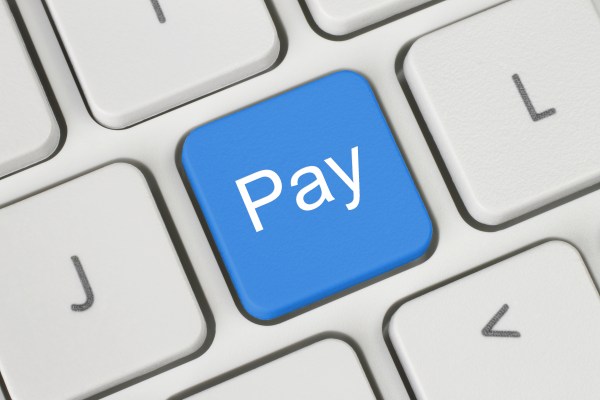Editor’s note: Alberto Jimenez is director of mobile payments at IBM. Jimenez was most recently Director of Global Mobile Solutions at Citigroup.
While global efforts to increase financial inclusion (expanding access to savings, credit and insurance products) can have profound implications for individuals given the emergence of the digital economy, the ability to send and receive money in electronic form is potentially more transformative.
The societal benefits of financial inclusion are obvious. Safely accumulating money for financial goals like education or home ownership; or getting access to credit to start a business, can be life-changing tools for the unbanked and those with lower incomes both in developed and emerging markets.
However, the simple ability of sending or receiving money electronically can be as (if not more) transformational. That ability can open the door to the benefits of the digital economy beyond just granting access to bank accounts, while also spurring new opportunities for entrepreneurs to create entirely new markets.
To begin with, electronic payments can enable financial services providers to lower the high costs of originating and distributing banking or insurance products by not having to maintain a branch network or pay agents to disburse and collect loans. By decreasing their overhead, these organizations can offer more affordable credit.
For example, in East Africa there is a thriving segment of alternative financial institutions with little to no physical presence. These institutions run their businesses almost exclusively on top of mobile money networks, allowing them to reach more customers at a significantly lower cost.
Electronic payments and basic banking products do intersect. At both ends of an electronic payments network, repositories of value are needed (also known as bank accounts in the developed markets) to hold the balance being sent and received. These repositories have different manifestations depending on the customer segment and geography: prepaid accounts in unbanked segments in developed markets, mobile money accounts provided by telcos in emerging ones, etc.
But potentially more important than access to financial services is the access to the digital economy that has developed on top of mobile app ecosystems over the last few years. I am referring to services like non-hotel travel accommodations, car sharing services and digital content delivered directly to devices.
Digital economy goods and services are usually provided by businesses with no “retail presence”; therefore, the ability to pay and collect remotely is an absolute requirement to access the service (from the consumer’s point of view) and to develop a business (from the provider’s). While some of these services are delivered in-person, the business still needs to collect remotely. A case in point, Uber drivers don’t collect payments.
When we think of the digital economy in developed markets, businesses like Netflix and iTunes come to mind. But the reality is that trends like the sharing economy, which also requires an electronic payments foundation, can potentially be larger in low-income and unbanked segments where idle assets have better chances of being monetized.
In these segments, usually more prone to unemployment and financial shocks, assets like personal time and extra space at home can create massive business opportunities for buyers and sellers in services like TaskRabbit and Airbnb, respectively.
From a commercial perspective, access to electronic payments mechanisms opens the possibility of businesses to reach a truly global scale – extending across geographies and all socioeconomic segments.
More generally, it can be said that the supply and demand that mobile platforms match in banked, smartphone-owner segments is basically disconnected in cash economies.
Specifically, sellers of excess capacity of assets, such as personal time, real estate and transportation, and buyers who need assets on a non-permanent basis require the ability to complete transactions by exchanging electronic value. Even if the matching of supply and demand can be achieved, physical cash would generate too much friction for these ecosystems of buyers and sellers to thrive and scale.
It is not a coincidence that mobile money ecosystems in emerging markets have become a foundation for large-scale financial inclusion initiatives, and have also started to attract entrepreneur communities like the ones behind successful digital-only businesses that are so common in developed economies. These communities in emerging markets are less focused on renting movies or selling games and more focused on remote services that can also be consumed digitally, like monitoring of medical conditions or receiving healthcare services over the phone.
In summary, electronic payments can both accelerate traditional financial inclusion but also open access to relevant services that meet real needs and, more importantly in low-income segments, create new opportunities to generate income.
